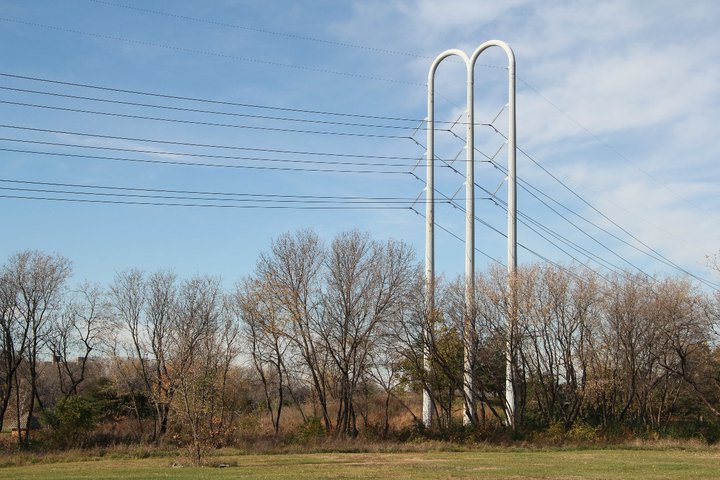
The poles and wires that make up our grid have been designed to facilitate the flow of electricity in one direction; from a huge power plant to an end use appliance in your home. As Minnesota moves from centralized coal plants to distributed energy resources like wind and solar, the flow of electricity on the grid is no longer going in just one direction. Some areas of the grid are robust enough to “host” distributed resources like wind and solar systems with minimal changes, while other areas may require lengthy study and costly infrastructure upgrades. As we prepare for higher penetration of renewables on the distribution system, understanding the grid’s “hosting capacity” is a key first step.
The pressures of hosting
When the hosting capacity of the grid is transparent and accessible to the public it will drive innovation and improvement in two key ways. First, it will make it easier for individuals and businesses in the marketplace to make informed decisions about where to locate and invest in clean energy projects. If you know ahead of time where a new community solar garden can most easily connect to the grid, for example, you don’t have to drive around on county highways looking for signage on the distribution wires or substations (only a slight exaggeration of how the market works now) or tediously request information from the utility feeder by feeder. When utilities are able to direct renewable energy projects to those areas best equipped to handle them from the start, everyone will benefit from a more efficient interconnection process because a higher percentage of applications will result in successful projects.
Second, the thorough analysis of the distribution system that utilities will undertake doesn’t just help outside energy projects – that analysis can also inform and improve distribution system planning by utilities themselves. Utilities have immense amounts of infrastructure to maintain and modernize. Creating a simple, comprehensive analysis of that infrastructure can help ensure weaknesses are found and strengths are fully leveraged.
Good first effort
Xcel Energy released the first iteration of their Hosting Capacity Report in November 2016. This means that Xcel, for the first time, has taken a close look at their entire infrastructure, evaluated how much distributed generation their grid can host, and determined where it may be best placed. This is a huge lift and they deserve a lot of credit for being the first utility to take this step in Minnesota. However, as with any first attempt, last year’s report has room for improvement.
For example, the report loosely concluded that Xcel’s system can accommodate 1.7-2.5 gigawatts of additional distributed generation without modifications. But that analysis did not incorporate existing system impacts – systems built through the community solar garden program, for example. The report also lacked the usability and accessibility of some other examples we’ve seen in places like California and Hawaii—states that are understandably much further along in integrating distributed energy systems. Lastly, because the grid is constantly being upgraded and new distributed resources are constantly coming online, a hosting capacity report becomes outdated as soon as it is published. So Xcel’s plan to publish the report annually certainly would not be responsive enough for the market.
Looking ahead
Fresh Energy has worked with stakeholders at the Public Utilities Commission to improve upon transparency, usefulness, and accuracy of the report. The decision options adopted by the Commission can get fairly technical, but they essentially boil down to ensuring that the 2017 Hosting Capacity Report:
- Is detailed and reliable enough to expedite interconnection and inform distribution system planning.
- Provides results in the form of a visual map as well as a downloadable spreadsheet of the underlying data.
- Includes background information, assumptions, and methodology that went into the creation of the report (in other words – show your work).
We are excited to see the results of the next iteration of Xcel’s analysis this fall. Continued efforts to provide transparency into the grid’s capabilities will make it easier to bring clean energy options to customers—creating a cleaner, more resilient grid for everyone. Check back in this November for a complete analysis.
